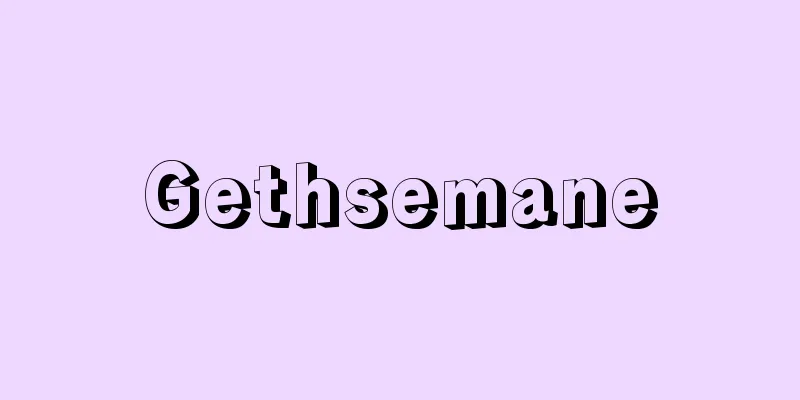Effigy Mound Culture

|
...Some evidence indicates the existence of long-distance trade networks for obsidian, native copper, etc. This culture is divided into an early period (1000-300 BC) and a late period (300-700 BC), and in the Great Lakes region and the Ohio River basin, the early period is represented by the Adena culture and the Red Ochre culture, while the late period is represented by the Hopewell culture and the Effigy Mound culture. [Kotani Yoshinobu]. ... *Some of the terminology that refers to the "Effigy Mound Culture" is listed below. Source | Heibonsha World Encyclopedia 2nd Edition | Information |
|
…黒曜石,自然銅などの遠距離交易網の存在を示すものもある。この文化は前期(前1000‐前300),後期(前300‐後700)に分けられ,五大湖地方やオハイオ川流域では,前期はアデナ文化,レッド・オーカー文化などに,後期はホープウェル文化,エフィジー・マウンド文化などに代表される。【小谷 凱宣】。… ※「エフィジー・マウンド文化」について言及している用語解説の一部を掲載しています。 出典|株式会社平凡社世界大百科事典 第2版について | 情報 |
>>: Effigy Mound - Effigy Mound
Recommend
Mount Asahi - Asahidake
This mountain range is on the border between Yamag...
Console table
A decorative table attached to the wall of a large...
Saminism - Samin movement (English spelling)
A doctrine preached by a peasant named Serontiko (...
Prince Katsuragi - Prince of Kazuraki
?-? A prince of Emperor Kinmei in the 6th century...
Rough skin - Arahada
Rough skin. Rough, rough skin. That's it. Sour...
Happytonema
…A class of plant classification established by C...
Rehobotho
...They once lived in large numbers in South Afri...
Celal Bayar
Turkish politician. Born in Umurbey, Bursa Provin...
Spring Palace - Tougubo
〘Noun〙① From the Ritsuryo system onwards until the...
Okesa Festival - Okesa Festival
One of the Japanese folk songs. It has lyrics suc...
Jinguji Temple
A temple built in the precincts of a shrine for Bu...
Stamp - Oinin
〘 noun 〙 To stamp something. Stamping . Originally...
Hyperopia (farsightedness)
What is the disease? The light that enters the ey...
Morandi - Giorgio Morandi
Italian painter. Born in Bologna, he studied at t...
Potamogeton oxyphyllus (English spelling)
…[Maki Sachiko]. . . *Some of the terminology tha...






![Kitayuzawa [Hot spring] - Kitayuzawa](/upload/images/67d04e29b1222.webp)


